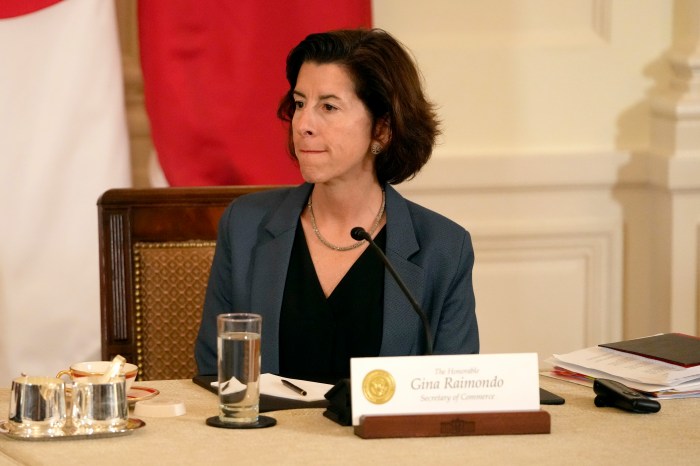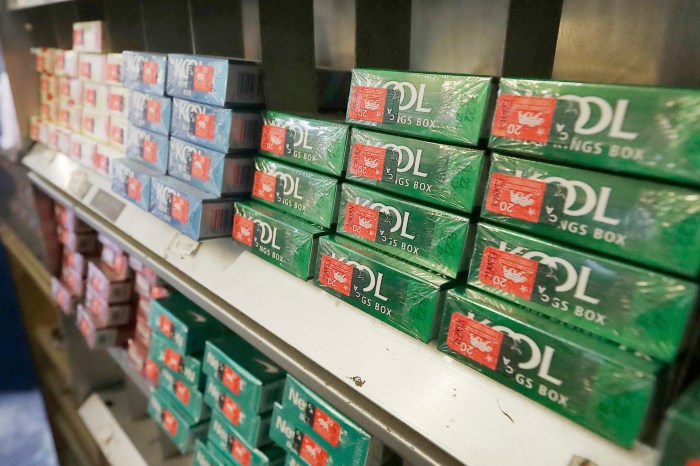It’s obvious as the curtain rises to reveal the familiar, skeletal silhouette of the Loman household first dreamt by designer Jo Mielziner in 1949: Instead of testing tricks of modern metaphor, this production wisely settles on traditionalism.
But there’s beauty building beyond the familiarity of the set or the known colloquial lyricism of the script, in the introspective and interpersonal spaces between. It’s the way one’s eyes glance aside, or another’s weight shifts from heel to heel, that is this show’s greatest spectacle. It’s most effective when the characters turn these fond, honest touches and glances on each other – while they lie, blame and coerce from the same fount of love.
Main stages lately have been dedicated to the lives of the elite, but “Salesman” brings us back to our modesty. Compared to, say, “Other Desert Cities,” with its stiffness and practiced expressions, this feels like theater not only from another time, but from another world, rather than two streets north. Just before the closing curtain, there’s a quiet moment in the show’s controversial epilogue. It’s underscored by the crying noises from both men and women in their seats and the rustle of belongings put aside to stand for the forthcoming ovation. We haven’t heard this kind of call-and-response since “The Normal Heart.”
Discovering that Philip Seymour Hoffman is not the show’s brightest star is almost akin to the titular salesman he plays learning that his type is a dime a dozen. It’s instead an acting coup for Andrew Garfield, who is fastidious in his progressive dissection of the man’s eldest son. Although it’s harder to see in the first act, where Garfield is just scrubbing in, the second act shows him plunging his hands deeply and fearlessly into the chest of this character to pull out and show us what he’s made of – in a language today’s Boomers and Millenials alike can understand. Countless men have seen their fathers in previous Willy Lomans; thanks to Garfield, they can face whether or not they find themselves in Biff. Even the outstanding Linda Emond, as the family’s long-suffering matriarch, can’t quite cast a shade like the theatrically inclined Garfield. We hope to see more of him on the stage, though it’s hard to imagine what could follow a scene-stealing turn in a brilliant revival of “Death of a Salesman.”
‘Death of a Salesman’
Barrymore Theatre
243 W. 47th St.
$47-$142; 212-239-6200
www.deathofasalesmanbroadway.com


















